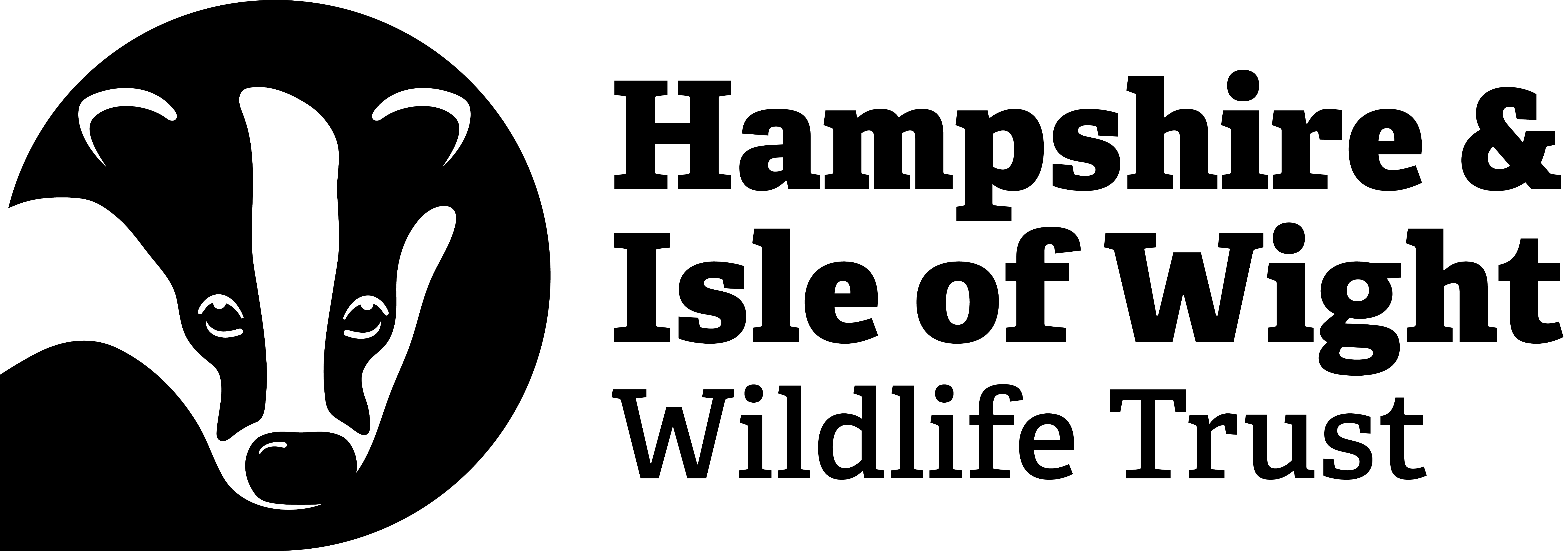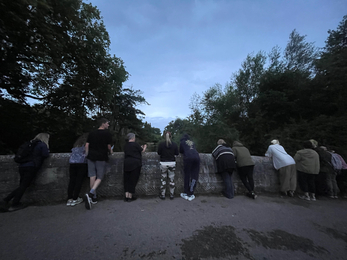This summer, I had the pleasure of joining two bat walks run by Hampshire & Isle of Wight Wildlife Trust as part of a research project supported by the University of Bristol’s Cabot Institute for the Environment. In this project, I am keen to explore the different ways people relate to bats in urban areas. As frequent symbols of horror and Halloween, and not an animal typically encountered by the public, I was intrigued to find out why attendees wanted to spend their evening looking and listening out for bats.
The first walk took place in Riverside Park, Southampton, on an evening in late July. Around 15 people gathered, hopeful to see or hear bats. Before we set off, community ecologist Eloise gives us an overview of the 18 bat species found in the UK, many of which may be present in the park. Seeing bats can be tricky, so we were given heterodyne bat detectors, which make bat echolocation calls audible to humans. A small handout listed common local species and the frequencies at which they can be detected.
As we strolled along the river, Eloise explained that different species have different foraging patterns. Some prefer to stick to the trees, while others, like Daubenton’s bats, fly close to the river, hoping to catch insects on the waters surface.
For a while, we heard only static on the detectors. Then came a rapid tapping sound at 45 kHz, suggesting a pipistrelle nearby. Darkness fell, and soon small bats began darting across the river from the tree line. We watched and listened, noting differences between calls—short, sharp taps for pipistrelles and longer ones for noctules, plus high-pitched sounds (that sort of sound like blowing raspberries!) when bats locked onto prey. Hearing these sounds ignited a sense of awe and fascination within the group, who were excitedly pointing into the darkness at the shadows of bats in flight.


